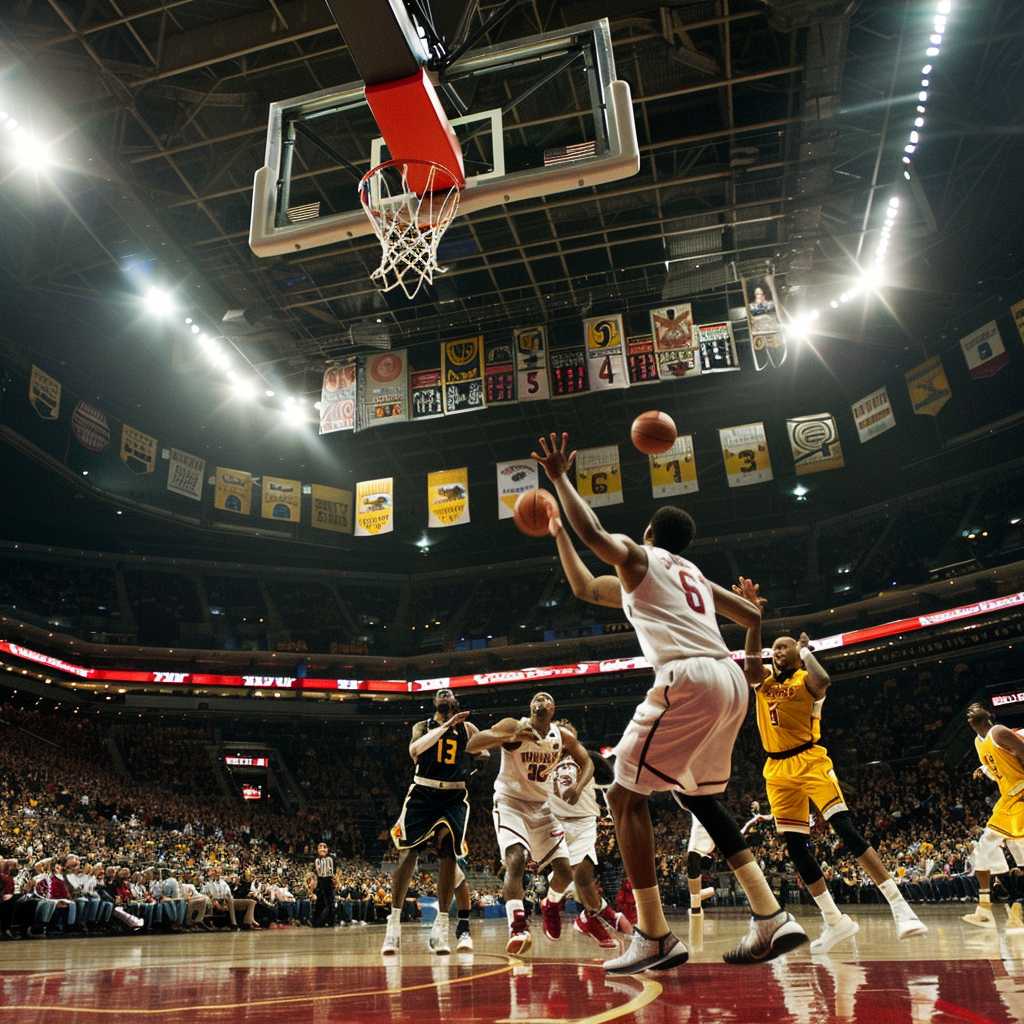### Understanding the Big Ten Conference Basketball Tournament
The Big Ten Conference Basketball Tournament is an annual event that marks the culmination of the collegiate basketball season for the Big Ten, one of the oldest Division I collegiate athletic conferences in the United States. Founded in 1896 as the Western Conference, the Big Ten is home to universities predominantly from the Midwest and attracts significant attention due to the competitive nature of its teams and storied basketball programs.
Historical Context and Evolution of the Big Ten Tournament
The Big Ten Tournament officially began in 1998, providing a thrilling postseason event that would determine the conference’s automatic bid to the NCAA men’s basketball tournament. This event showcases each of the conference’s member schools and has a legacy of unpredictability and upsets. The tournament has evolved since its inception, adapting to conference expansion and changes in NCAA rules.
Initially, the tournament included only 11 teams after Penn State joined in 1991. The number of participants has changed over time as more teams have been added to conference membership, with Nebraska joining in 2011 followed by Maryland and Rutgers in 2014, increasing the field to 14 teams. The structure of the tournament often sees top-ranked teams receiving byes in early rounds, an advantage earned through regular-season performance.
Format and Seeding Criteria
The current format features a seeded bracket designed to reward teams for their performance during the regular season. The seeds are determined based on each team’s record in conference play with numerous tiebreakers available if needed. Teams compete in a single-elimination format, meaning a loss removes them from contention – thereby raising the stakes and intensity with each round.
While seeds one through four receive double-byes into the quarterfinals, seeds five through ten receive single-byes, and the remaining four teams battle it out in first-round games to advance. This seeding is crucial because it provides rest and strategic preparation advantages that often make or break a team’s chances at winning not only the tournament itself but also affecting their readiness for subsequent NCAA bids.
Impact on March Madness and National Perception
The outcome of the Big Ten Tournament can have far-reaching implications. Not only does the winner secure automatic entry into the NCAA Division I Men’s Basketball Tournament, often referred to as “March Madness,” but strong performances can enhance other competing schools’ résumés for at-large bid considerations by the NCAA selection committee.
Moreover, due to its highly competitive level of play and historical significance, college basketball enthusiasts widely consider the performance of Big Ten teams during this tournament as a barometer for projecting potential success or failure in March Madness. This perception adds an additional layer of pressure for teams seeking recognition on a national stage.
Noteworthy Moments and Landmark Games
Throughout its history, the Big Ten Tournament has been marked by memorable upsets and player performances that have etched long-standing memories into college basketball lore. Iconic matchups have pitted historic rivals against each other with championships on the line, while individual heroics from future NBA stars have been birthed on these courts. Enumerating groundbreaking gameplay or career-defining performances has become almost an annual rite celebrating excellence in collegiate sportsmanship.
Notes
### Image Description
An action shot from a pivotal game in the Big Ten Tournament. It shows players from two rival teams mid-play—the offense is attempting a layup while defenders are trying to block or rebound—under a brightly lit arena packed with fans showcasing school colors with signs and banners creating a vibrant background, capturing the excitement and intensity typical of these competitive games.
